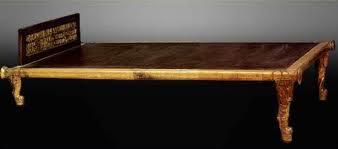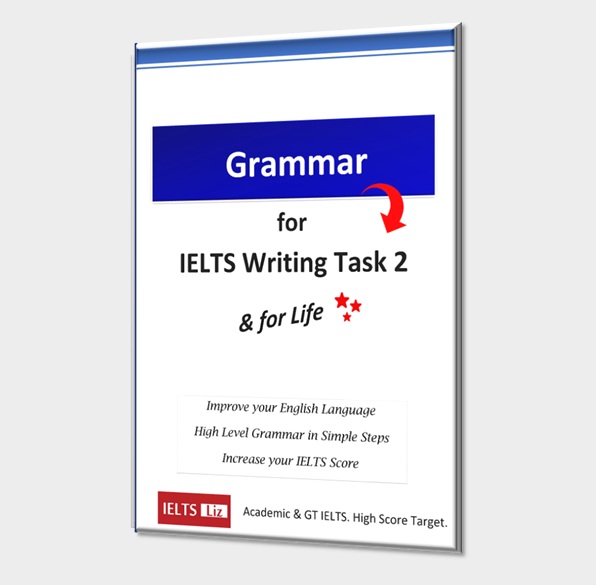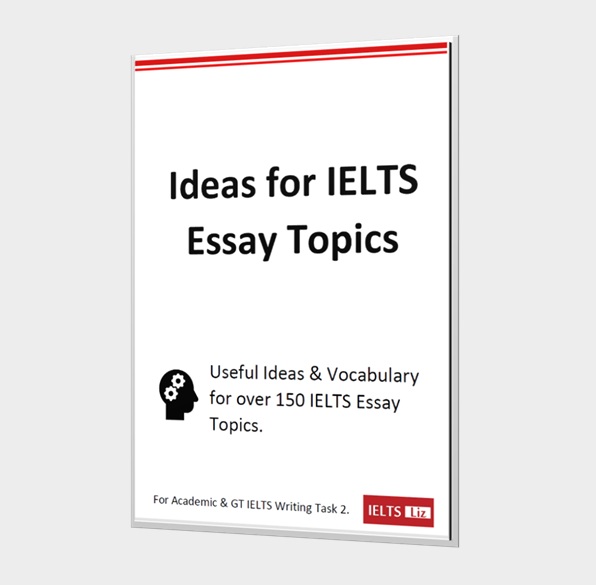You can get categorisation questions in IELTS reading and below is a useful categorisation practice exercise to help you develop your skills. These questions are also known as “IELTS Reading Classification” questions and also as “IELTS Reading Matching Features” questions.
IELTS Reading Categorisation / Classification TIPS
How to tackle a question that asks you to classify / categorise a statement into options given?
- You will be given a list of statements as questions.
- You will also be given a list of categories. There are usually two or three categories which are labelled A, B & C.
- You need to decide which category the question statement belongs to.
- Your answer will be a letter, not a word or words. If you write a word or words, your answer will be marked wrong.
- There will often be two statements that belong to the same category so you might have a number of answers with the same letter.
- You decide which category a statement belongs to because the passage will tell you.
- Skim read the passage first before you tackle the questions.
- Check which categories you have been given. Often, not always, those categories represent an area in the passage. But this is not always the case.
- Read through the statements in each question.
- Spend time spotting keywords in the statements and thinking about possible paraphrasing.
- After preparing the statements, try to locate the information in the passage by scanning the text.
- Decide your category – which means decide how you will classify that statement.
The key to this type of question is being good at paraphrasing and scanning for specific information.
IELTS Reading Categorisation Questions
Practice the reading lesson below to get used to these kinds of IELTS reading questions.
Reading Passage: Beds in the Ancient World
Bed styles in ancient Egypt remained very much the same for over 2000 years. They are among the most intriguing of furniture items because of their structure. Many were slanted down at an incline from the headboard. A foot board ensured that the sleeper would not slip off in the middle of the night. Furniture makers also constructed side rails on many beds. Writes Sibal, “almost all beds featured legs in the form of animal legs, ranging from heavy bulls legs to gazelle-like forms with hooves, and the feline type with paw and claw, frequently identified as lions legs.” The mattress was usually made of wooden slats, plaited string, or reeds, which then held woollen cushions or some other soft material. Sheets were made of linen.
Roman bed-frames were pretty much the same. It would have had a mattress on top of it, stuffed with feathers or straw, and wool blankets. But most Etruscan and Roman beds would have been made of wood and strung with wool or linen string. In the bedrooms, the ceilings were vaulted and lower above the bed, often making the room appear a cramped and stuffy place. Simple beds. to which shortly after the Homeric age a pillow for the head was added, continued to be used by the poorer classes among the Greeks at all times. Thus the bed of the orator Lycurgus is said to have consisted of one sheep-skin and a pillow.
In Ancient Greece, the beds of persons of high rank was covered with skins upon which the pillows were placed, and over these linen sheets or carpets were spread. Lastly, there was thick woollen cover or blanket for the sleeper. Poor persons slept on skins or beds of dry herbs spread upon the ground. These simple beds, had a cover or ticking of a mattress which was made of linen or woollen cloth and the usual material with which it was filled with was either wool or dried weeds. At the head part of the bed lay a round pillow to support the head; and in some ancient pictures two other square pillows are seen, which were intended to support the back. The covers of such pillows are striped in several pictures on ancient vases and were therefore probably of various colours. They were undoubtedly filled with the same materials as the beds and mattresses.
Questions 1-4
Classify the information below as belonging to one of the following categories. Please note that for this particular practice, answers will not come in order in the passage. Choose the correct letter (A-C) for your answer. Letters may be used more than once.
- A = Ancient Egyptian
- B = Ancient Roman
- C = Ancient Greek
- Bedrooms did not seem spacious.
- The beds were not flat and horizontal but rather angled downwards.
- Pillows could be decorative.
- Mattresses were stuffed with wool.
ANSWERS
Click below to reveal the answers.
VOCABULARY- intriguing = fascinating, interesting
- slanted = inclined, leaning, sloped
- featured = included, presented
- gazelle = a type of deer
- hooves = the feet of a deer or horse
- paw = foot of a lion, cat or dog
- claw = the nail on the foot of a lion, cat, dog or bird
- vaulted = curved, domed
- cramped = over crowded, small, confined
- stuffy = airless, unventilated
- orator = speaker
- B
- (making the room appear a cramped)
- A
- (Many were slanted down at an incline from the headboard)
- C
- (pillows are striped in several pictures on ancient vases)
- C
- (it was filled with was either wool …)
The passage is inspired by information from various sources, including touregypt and mlahanas
.
Recommended
.





